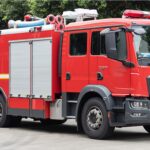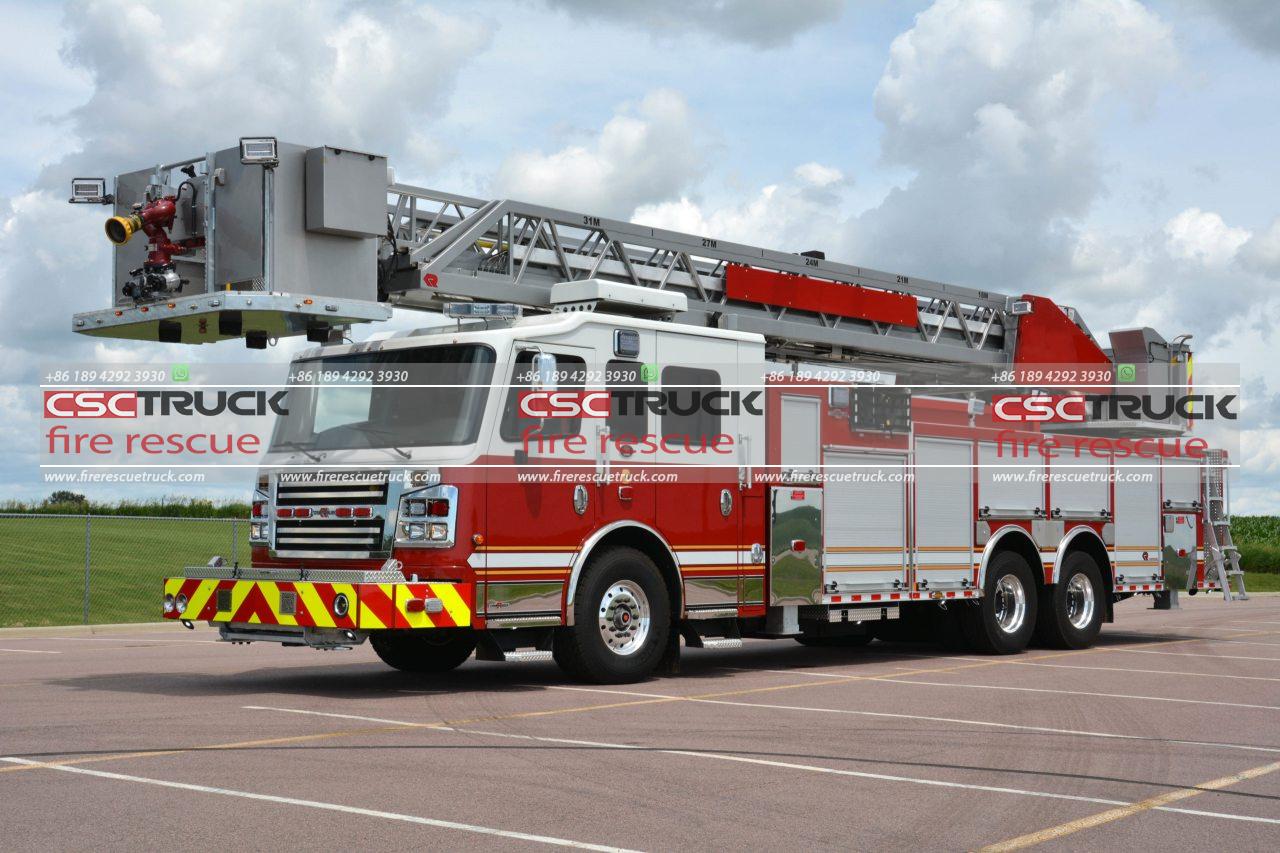What are the Five Types of Fire Extinguishers?
Fire extinguishers are essential safety tools designed to combat different types of fires. Each fire varies depending on the fuel source, and using the wrong extinguisher can be dangerous and even exacerbate the fire. Understanding the different types of fire extinguishers, their uses, and their limitations is crucial in ensuring safety. In this article, we will discuss the 5 primary types of fire extinguishers: water, foam, powder, carbon dioxide, and wet chemicals.
1. Water Fire Extinguishers
Overview
Water fire extinguishers are the most common and widely recognized type of extinguisher. They are designed primarily to tackle fires involving solid materials such as wood, paper, and textiles—classified as Class A fires. These extinguishers work by discharging a jet of water at high pressure, which cools the flames and removes the heat necessary for the fire to sustain itself.
Characteristics and Application
– Color Coding: Red label.
– Use: Water extinguishers are effective for Class A fires. They are particularly useful in schools, offices, and residential properties where the risk of Class A fires is prevalent.
– Not Suitable For Water extinguishers should never be used on electrical fires (Class E) or flammable liquids (Class B), as water can conduct electricity and spread the flames of liquid fire.
Types of Water Extinguishers
– Water Spray: Utilizes a spray nozzle to cover a larger surface area.
– Water Mist: Produces fine mist droplets, reducing the risk of electric shock.
– Water Additive: Contains a special agent that increases the cooling effect, making it more efficient than standard water extinguishers.
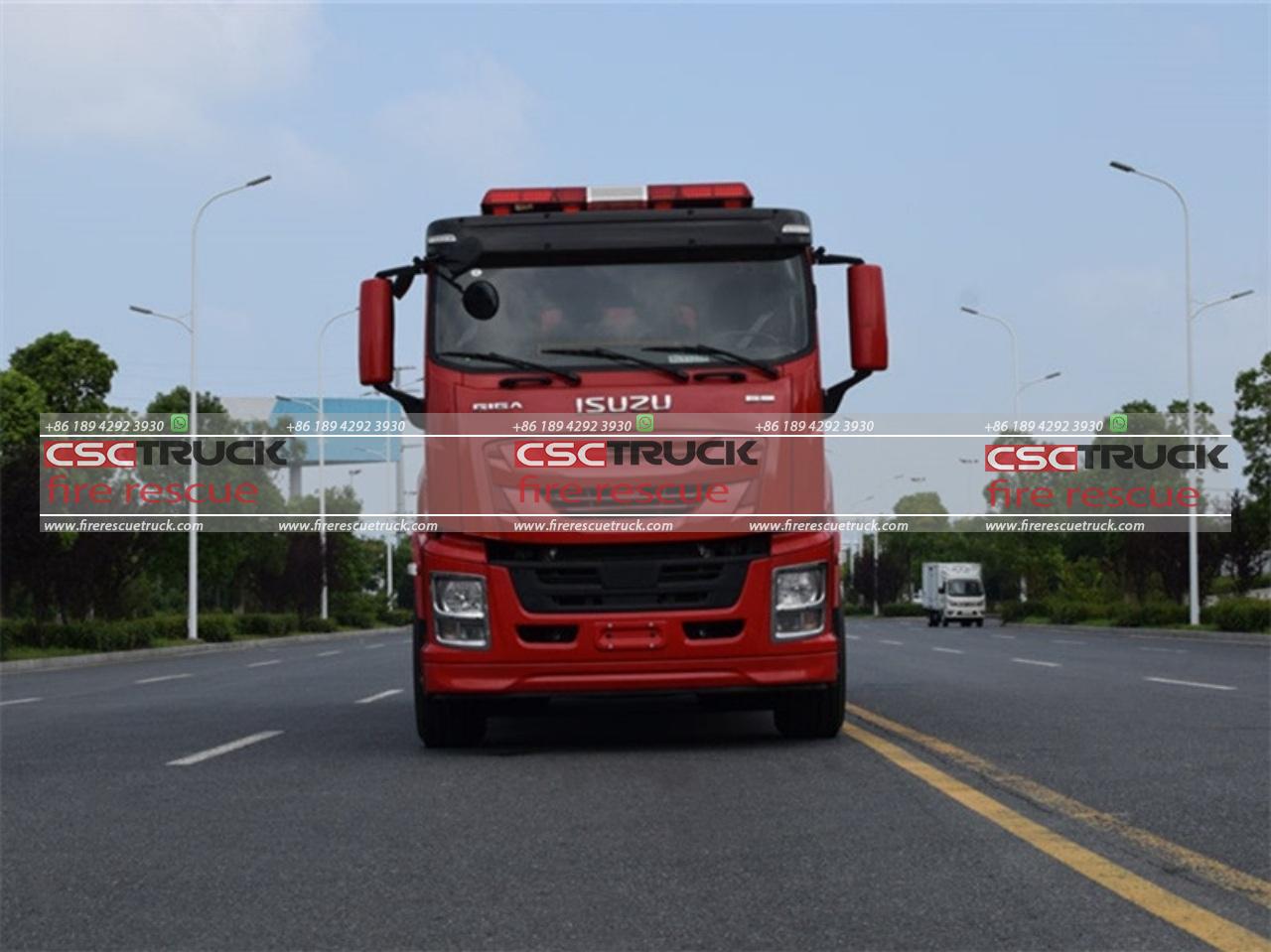
2. Foam Fire Extinguishers
Overview
Foam fire extinguishers are versatile devices designed for both Class A and Class B fires, which involve solid combustibles and flammable liquids, respectively. The foam creates a smothering barrier that cuts off the fire’s oxygen supply and prevents the vapors from igniting.
Characteristics and Application
– Color Coding: Cream label.
– Use: Ideal for fires involving solid materials and flammable liquids such as gasoline and oil. They are common in garages, kitchens, and other areas with flammable substances.
– Not Suitable for Foam extinguishers should not be used on electrical fires, as the water content within the foam can cause electrocution.
Benefits of Foam Extinguishers
– Cooling Effect: The water content in the foam helps cool the burning material.
– Smothering Capability: Creates a thick layer over the burning liquid, preventing the release of flammable vapors.
3. Dry Powder Fire Extinguishers
Overview
Dry powder fire extinguishers, also known as ABC extinguishers, are multi-purpose devices suitable for Class A, B, and C fires (solids, liquids, and gases). The powder works by interrupting the chemical reaction within the fire and preventing re-ignition.
Characteristics and Application
– Color Coding: Blue label.
– Use: Effective on fires involving solids, flammable liquids, and gases. They are commonly found in workshops, gas stations, and places with a high risk of chemical or gas fires.
– Not Suitable for Dry powder extinguishers are not recommended for indoor use or in confined spaces due to the risk of inhaling the powder and the potential for visibility issues.
Types of Dry Powder Extinguishers
– Standard Dry Powder (ABC): Suitable for Class A, B, and C fires.
– Specialist Dry Powder: Designed for Class D fires, which involve combustible metals like magnesium and lithium.
Advantages
– Versatility: Can combat various fire types.
– Prevention of Re-ignition: The powder residue forms a barrier that prevents the fire from reigniting.
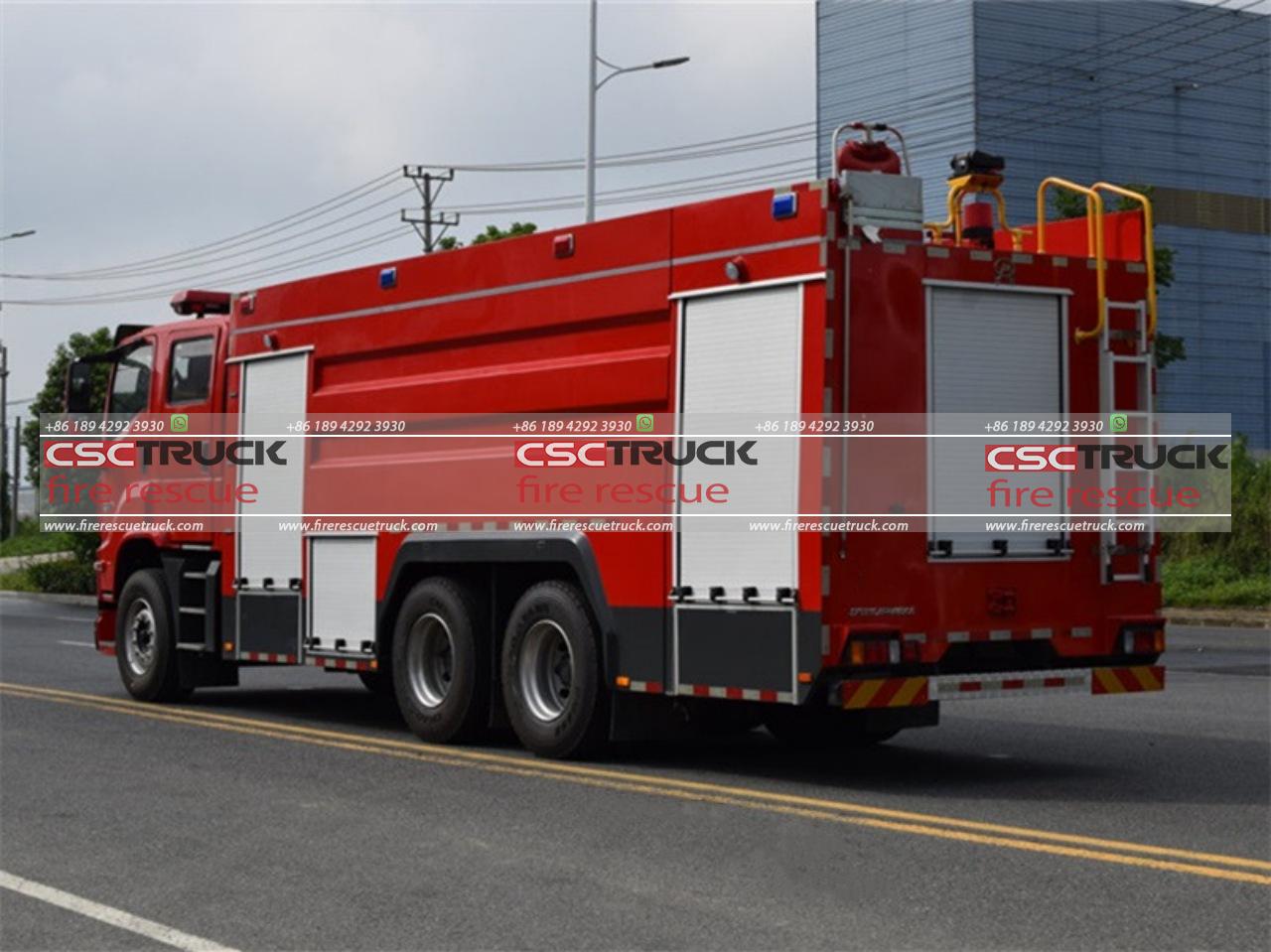
4. Carbon Dioxide (CO₂) Fire Extinguishers
Overview
Carbon dioxide fire extinguishers are primarily used for electrical fires (Class E) and flammable liquid fires (Class B). The CO₂ gas works by displacing oxygen around the fire, suffocating the flames, and preventing further combustion.
Characteristics and Application
– Color Coding: Black label.
– Use: Highly effective for electrical fires and fires involving flammable liquids like oils, solvents, and paints. Often found in server rooms, offices, and places with a high concentration of electrical equipment.
– Not Suitable for CO₂ extinguishers should not be used in confined spaces, as the gas can pose a risk of asphyxiation. They are also not effective on Class A fires, as the lack of cooling effect can lead to re-ignition.
Benefits of CO₂ Extinguishers
– No Residue: Leaves no residue, making it ideal for use in places with sensitive electronics.
– Non-Conductive: Safe to use on electrical fires as CO₂ is non-conductive.
5. Wet Chemical Fire Extinguishers
Overview
Wet chemical fire extinguishers are specially designed for Class F fires, which involve cooking oils and fats. They contain a potassium-based solution that cools the fire and creates a thick soapy layer on the surface of the oil, cutting off oxygen and preventing re-ignition.
Characteristics and Application
– Color Coding: Yellow label.
– Use: Specifically used for fires caused by cooking oils and fats in commercial kitchens. They can also be effective on Class A fires.
– Not Suitable for Wet chemical extinguishers should not be used on electrical fires or flammable liquids, as they are designed to tackle high-temperature oil fires.
How Wet Chemical Extinguishers Work
– Cooling Effect: Lowers the temperature of the burning oil.
– Formation of Soapy Layer: The potassium salts in the extinguisher react with the oil, forming a soapy substance that prevents the fire from re-igniting.
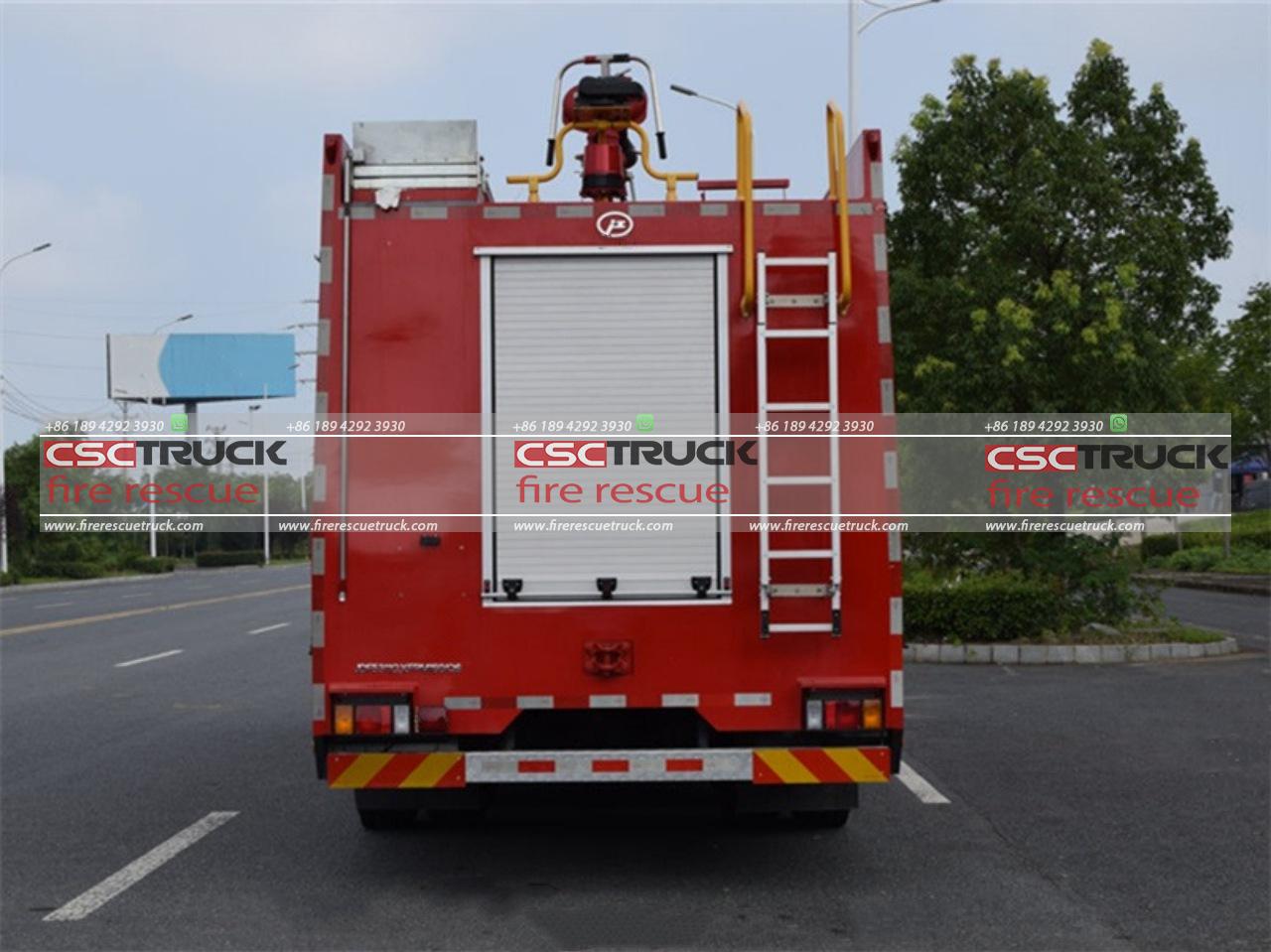
Choosing the Right Fire Extinguisher
Selecting the right fire extinguisher for your environment is crucial. Factors to consider include the types of materials present, potential fire hazards, and the layout of the space. Using the wrong extinguisher can be dangerous and might cause the fire to spread.
Placement and Maintenance
– Fire extinguishers should be easily accessible and regularly maintained. Regular servicing ensures that the extinguisher is in good working condition and can be used effectively during an emergency.
– It’s essential to train individuals on how to use each type of extinguisher, as improper use can lead to injury or worsen the fire situation.
Summary
Fire extinguishers are categorized based on the type of fire they are designed to combat. The 5 primary types—water, foam, dry powder, carbon dioxide, and wet chemical—each have specific uses and limitations. Understanding these differences is vital for ensuring fire safety in both residential and commercial settings. By choosing the appropriate extinguisher and knowing how to use it, you can significantly reduce the risk of fire-related damage and injuries.





